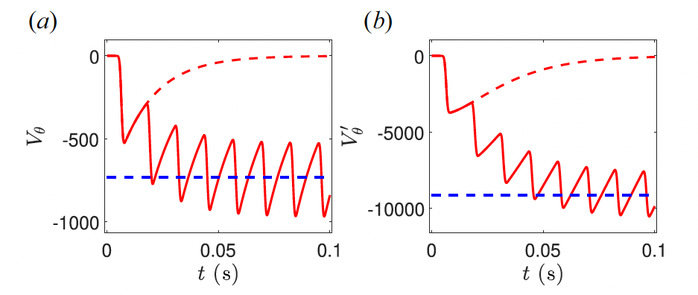J. Plasma Phys. (2023), vol. 89, 905890612
A simple model for internal transport barrier
induced by fishbone in tokamak plasmas
Zhaoyang Liu 1 and Guoyong Fu 1,†
1Institute for Fusion Theory and Simulation and School of Physics, Zhejiang University,
Hangzhou 310027, PR China
(Received 17 July 2023; revised 24 November 2023; accepted 24 November 2023)
Fishbone bursts have been observed to strongly correlate to internal transport barrier (ITB)
formation in a number of tokamak devices. A simple model incorporating the fishbone
dynamics and ion pressure gradient evolution is proposed in order to investigate the key
physics parameters assisting the triggering of ITB. The time evolution of fishbone is
described by the well-known predator–prey model. For each burst cycle, the energetic
particles (EPs) resonantly interact with fishbone and are radially expelled from inner
region leading to a radial current. A compensating bulk plasma return current and, hence,
poloidal flow can be induced if the fishbone cycle frequency is greater than the poloidal
flow damping rate. When the shear of the poloidal flow exceeds a critical value, the
turbulent fluctuations are suppressed and the bulk ion pressure gradient transits to the
high-confinement state. It is shown that this process is only sensitive to the deposition
rate of the trapped EPs within the q = 1 surface, but not sensitive to other parameters. A
quantitative formula for the shearing rate of poloidal flow induced by fishbone bursts is
derived and verified numerically.

FIGURE 2. Poloidal flow (a) and flow shear (b) driven by a single burst of fishbone (dashed line) and multiple bursts of fishbone (solid line).
![]() A simple model for internal transport barrier induced by fishbone in tokamak plasmas.pdf
A simple model for internal transport barrier induced by fishbone in tokamak plasmas.pdf


